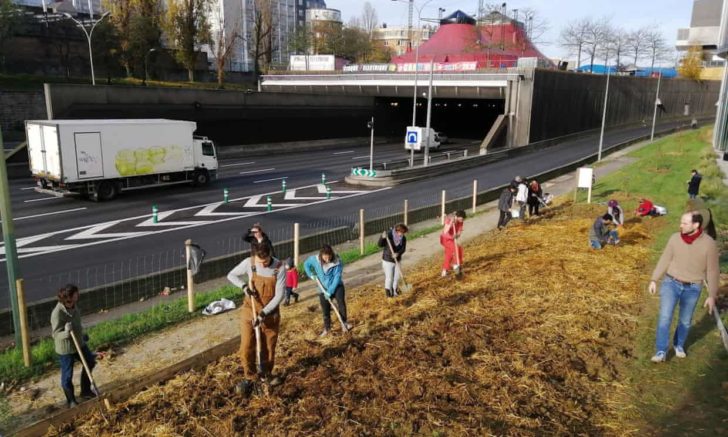Tiny forests are being developed all over Europe as part of a movement to restore biodiversity and combat global warming.
From mini-forests to maxi-effects.
Planting more forests around the world is undoubtedly a good approach to help reduce the risk of climate change, but it may take decades for trees to grow to 100 percent of their potential and significantly benefit the environment.

Through an innovative approach to forest growth, European citizens are striving to accelerate this process by planting tiny, dense and fast-growing forests in their urban and suburban areas, with the aim of promoting biodiversity and contributing to the fight against global warming.
France is actively participating in this project.
Often located in schoolyards or along roadsides, these forests can be as small as a tennis court. They are based on the work of Japanese botanist Akira Miyawaki, who has planted more than 1,000 such forests in Japan, Malaysia and elsewhere.

According to proponents of this method, miniature forests grow 10 times faster, become 30 times denser and 100 times more biodiverse than those planted by conventional methods. The first one in France was planted in March 2018 along a busy four-lane road near Paris. This dense grove was intended to reduce noise and filter the air. On the day of planting, 40 people gathered with 31 species of saplings to give new life to a soil prepared with compost from local stables.
Well-designed ecosystems.
To achieve this, young trees should be planted close together, at a rate of three per square metre, using native varieties adapted to local conditions. A wide variety of species, ideally 30 or more, are planted to recreate the layers of a natural forest. Scientists say these ecosystems are essential to meeting climate targets.

They estimate that natural forests can store 40 times more carbon than plantations of a single species. Miyawaki’s forests are designed to regenerate land in much less time than the 70+ years it usually takes a forest to regenerate by itself. The movement has reached urban and suburban areas in many parts of Europe, including the Netherlands, France and Belgium, with hundreds of Miyawaki-style forests now forming part of the green landscape of many cities.
